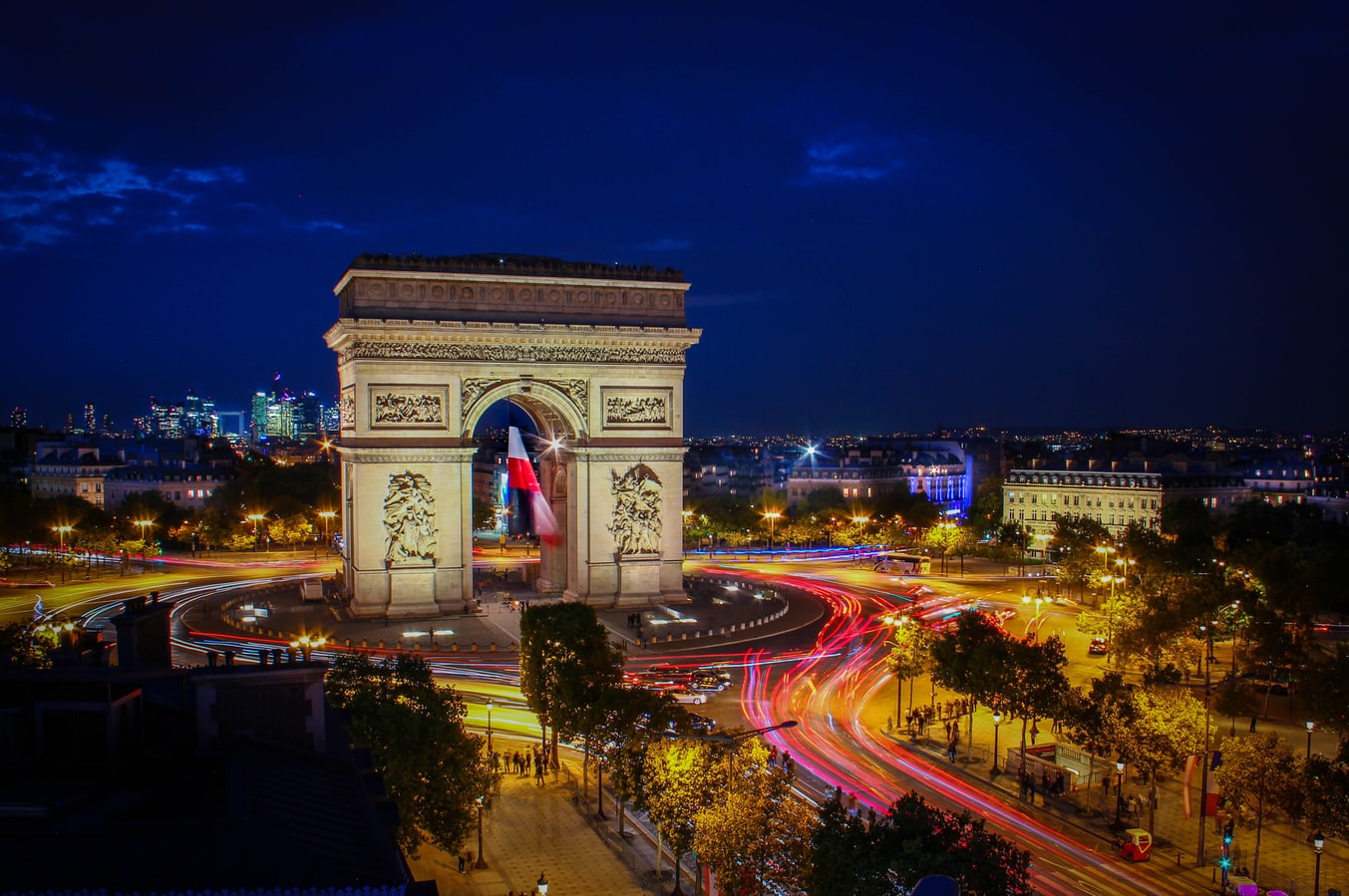
Movement in Art: From Dance to Video, Sculpture and Paintings in Paris this June
28 March 2017
This June, discover the astounding influence of the moving body on past and present art. From classical paintings at the Petit Galerie to a contemporary exhibition of video art at Maison Européenne de la Photographie.
Dance with Me: The Body in Video
Maison Européenne de la Photographie. (Until 18th June 2017)
Dance with Me is an exhibition of video projections focusing on the moving body. From Shaun Gladwell’s intense video shots of skateboarders to high-concept ballet and dance productions from Elena Kovylina and Ali Kazma’s films, video art once again offers a unique view on a dynamic theme.
Shaun Gladwell: Skateboarders vs Minimalism
In this major show, Shaun Gladwell will be unveiling his largest work yet, “Skateboarders vs Minimalism”. Gladwell presents the idea that the only worthwhile art is art that involves the body. The video features Rodney Mullen, Hillary Thompson and Jesus Esteban, three skateboarders that Gladwell invited to slide and jump over artworks. These are minimalist-style sculptures barring their way on the floor or in the form of a podium.
Such sculptures, by artists as renowned as Donald Judd and Carl Andre, who spearheaded Minimal Art in the 1960s and 70s, become components in this gymnastic barrier: a physical game, in that the sculptures obstruct free movement. Here, Gladwell simply intensifies action, an action made possible in all places, even in the confines of a museum.
Elena Kovylina: Dying Swans
Offering a different but equally fascinating interpretation of movement is Elena Kovylina. Dying Swans is an open criticism of contemporary Russian society and the state’s attempts to control mass media. The film was created to pay tribute to over 200 reporters who were either murdered or have ‘disappeared’ in the last decade.
The artist draws inspiration from the Soviet tradition of playing Swan Lake after the passing of prominent statesmen. During her performance of the ballet, Kovylina becomes the target of a sniper… filmed with blood-soaked feathers in her hands. The poignant image of the swan dying is a symbol of the journalists who gave their own lives for cultural liberation and the quest for truth.
Ali Kazma: Dance Company
In Dance Company, a set of projections for the Venice Biennale, Ali Kazma shows how the body is conditioned and transformed with the influence of outside forces. The videos comprising the installation were shot in a number of countries and show a variety of performances, which explore repetition and the relationship established with the teacher.
Historic Representations of Movement at the Louvre
The Louvre’s Petite Galerie (Until 3rd July 2017)
Located in the Louvre, the Petite Galerie explores the influence of dance on the visual arts in latest show, The Body in Movement. Dance and the Museum. Selecting paintings and sculptures from the Louvre, the curator Benjamin Millepied unveils dance’s contribution to the avant-garde and exposes classical arts enthusiasm for movement.
Agility of the Human Body
The wide-spanning display begins with a look at the developments and techniques artists used to depict the agility of the human body. Notable exhibits of such type of artistic explorations are seen in the sculptures on mythology and painting on vases found in great numbers in Greece.
Dance in Classical Painting
Alongside sculptures, there are many pieces of painting; including those by the likes of Rubens, Degas and Rodin, as well as a piece by Théodore Géricault of the 1821 Epsom Derby. The inaccurate portrayal of the horse’s legs is reinforced by photos of a horse in motion by Eadweard Muybridge.
Body Language in Renaissance Art
The exhibition then focuses on body language and gestures, with examples of work from ancient Greece to modern Europe. The contrapposto statues on display, see Renaissance artists using the relaxed standing positions, which became hugely popular and is still used in present day works.
Modern Techniques of the 20th Century
Modern technology concludes the show with a display of avant-garde pieces. Artists in the 19th and 20th centuries were starting to deconstruct movement rather than strive for unity of time and place. One great example is Alexander Calder’s kenetic sculptures made out of malleable steel. These show avant-garde artists becoming more experimental in their response to movement.

Game Changing Vegan Restaurants in Paris
Contrary to popular opinion, Paris is extremely vegan and vegetarian-friendly. From vegan junk food and decadent desserts, to nutritious meals and unbelievably meat-like hotdogs, we have curated a list of our favourite plant-based restaurants in Paris.
Click here for more
Paris on Business – The City’s Best Late-Night Culture and Cuisine
Paris is buzzing long after the sun goes down. Whether you want to swim in a traditional Art Deco pool or dance the night away in a stylish bar, these...
Click here for more
